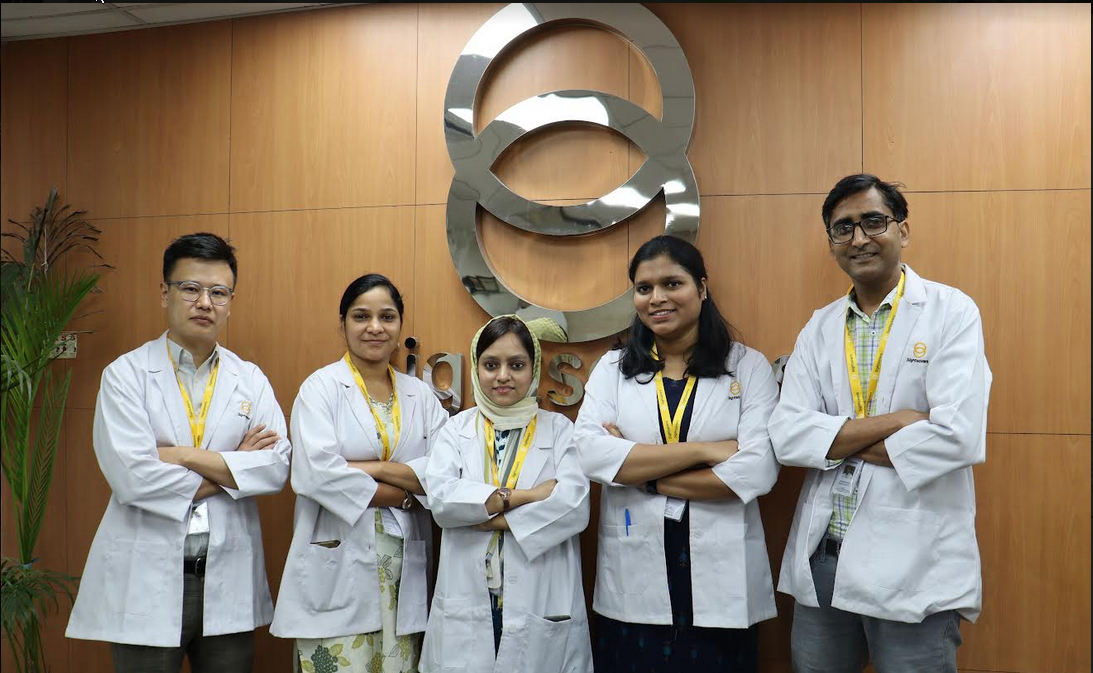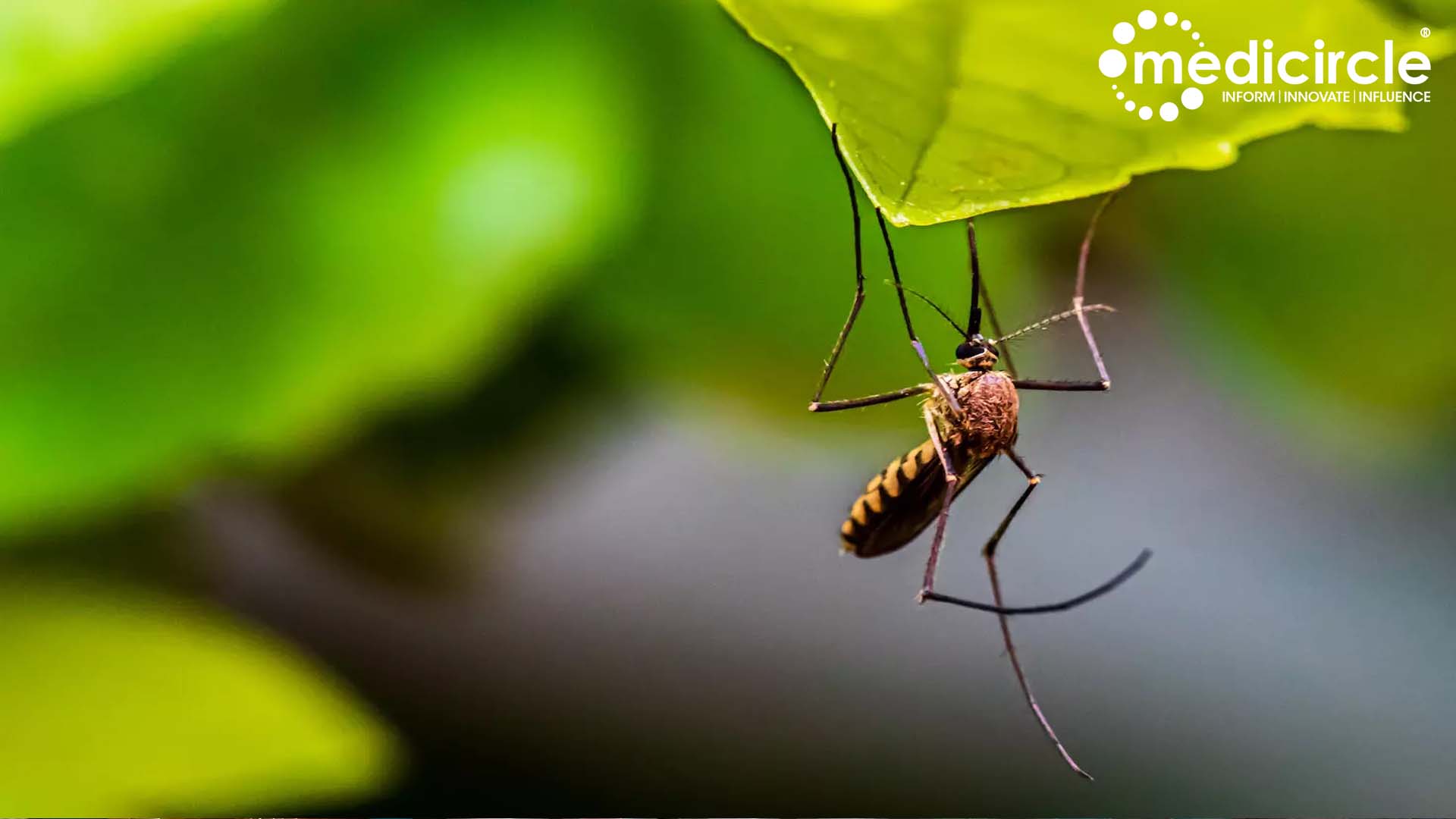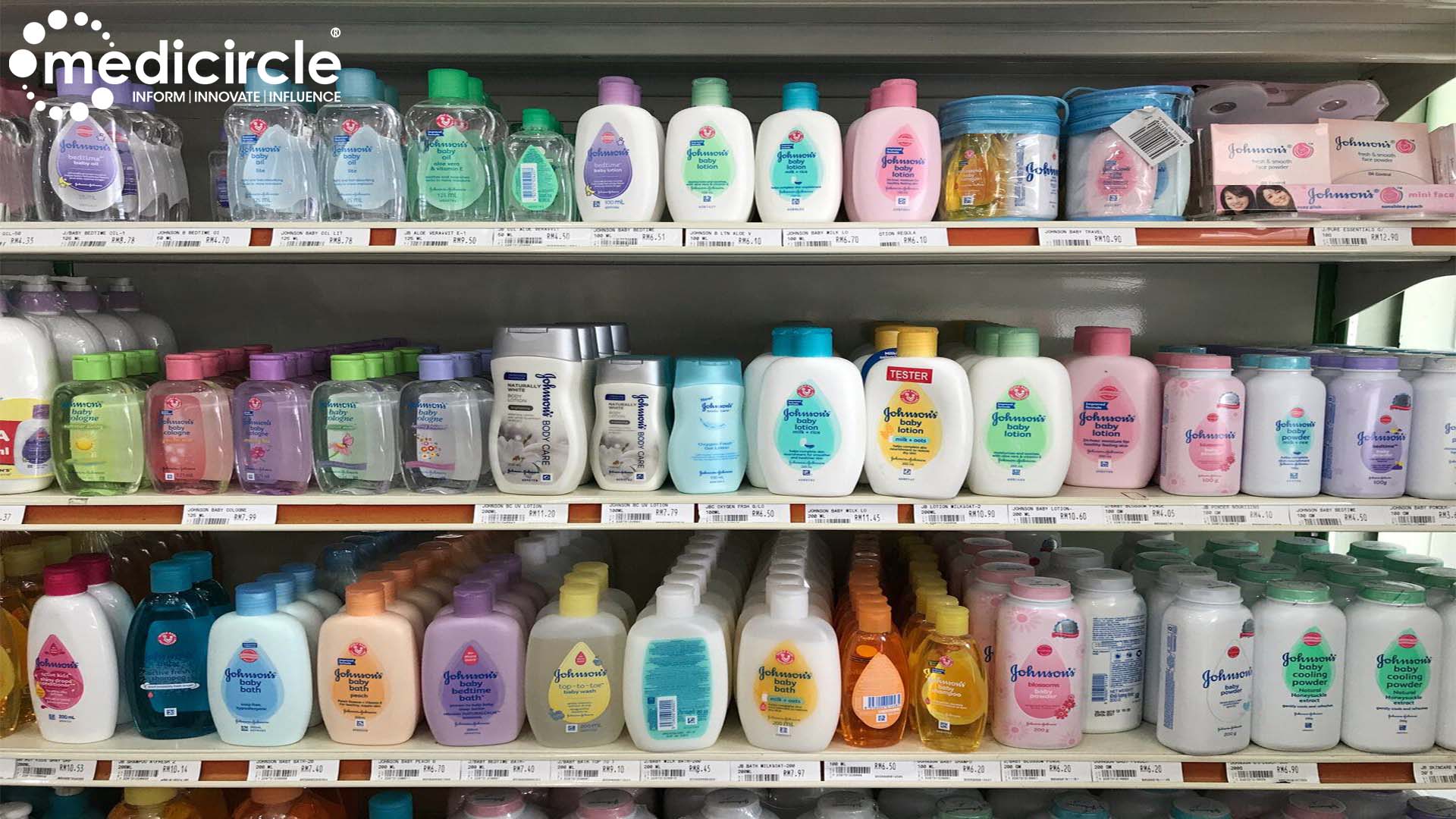Cancer is the name given to a collection of related diseases. In all types of cancer, some of the body’s cells begin to divide without stopping and spread into surrounding tissues. Do you know 10 million people around the world die each year from cancer? And the common 5 leading sites are breast, lung, mouth, cervix uteri, and tongue.
At Medicircle we are conducting an exclusive interview series on the occasion of World Cancer Day showcasing eminent Oncologists over a discussion to bring awareness about cancer, its treatments, and myths related to it.
Dr. Gouri Shankar, Medical Oncologist, and Clinical Hematologist, Salt Lake City Medical Center, is the chairman of the SI RG publication committee and a member of the WHO steering committee for the development of the American devices list for cancer management. He is an editorial board member, reviewer, and publication committee member of many international and national journals. He has also published more than 200 papers and has been an investigator for more than 50 phases two and phase three clinical trials and translational research.
Cancer is a complex ecosystem
Dr. Gauri Shankar explains how cancer is a complex ecosystem, “Cancer is a complex ecosystem. To start with, the whole cancer care is actually patient-centric, and then moving through an entire gamut of players who are essential. And each player has a very important role to play, failing which we cannot actually work out anything. The first role is of course of the Patient, then comes in the government. Every government must have a National Cancer Care Policy, an action Cancer Care Plan, which has to be dynamic because the society keeps changing very often, must have a good registry. Then comes in the commercial partners who develop your drugs, equipment, caregiving systems, then there is knowledge which has to be created, and research has to be done and then finally the NGOs, working as nonprofit or as profit concerns, but they have to be doing something to get the caregiver and play an important role of advocacy in telling the government what may be required because they work at the grassroots level. And then, of course, comes the money payers, the insurers, the individuals, the government, and finally, the provider which includes doctors, nurses, pharmacies, technicians. Hence, the manpower has to be developed, because if you don't develop the manpower, you cannot do any justice,” he says.
Three most common cancers
Dr. Gouri Shankar sheds light on the subject, “Breast cancer is the commonest cancer in women predominantly in the urban area and this cancer is doubling itself up in a period of last 30 years in India. Now, all three cancers – breast, oral and cervical, have something in common, they are detected late and are usually at an advanced stage so, in the end, your cure-rates and survival rates are low. So, the primary areas of working for us should be:
- Detect cancer early- So that you can pick it up the early stage, so you have better results to prevent the cancer
So, is breast cancer preventable?
The answer is 35 to 40% of breast cancers are preventable and that calls for certain methodologies, certain means of handling them and those are basically changing a lifestyle following certain norms of living like avoiding birth control - hormone therapy with proper indications, not being obese, carrying out breastfeeding on a regular basis, etc. and being aware of your own breast. Unfortunately, in India, most women are not aware of the breast and for that, you have to educate the patients. So health literacy and health education, along with advocacy is an important part in improving outcomes in breast, cervical or oral cancer.
Cervical cancer is a different sort of ball game. To start with this cancer is a preventable disease and actually starts off by being aware of reproductive hygiene and menstrual hygiene. So, you have to tell people about menstrual hygiene and reproductive hygiene around the age of 12. Even without the vaccine, cervical cancer has dropped in India; this drop has been because of menstrual hygienic improvement where Procter and Gamble took it down into the districts and sub-district levels of carrying the method of handling and how to use sanitary napkins. The other game-changer as far as cervical cancer has been available of the vaccine, this vaccine can prevent cervical cancer, but it does not replace another important aspect of cervical cancer and that is supposed to be screening and early detection.
Coming to oral cancers, the Western world says that there is no method of doing a self-examination, which is not true. We have data that comes out of Kerala, and also from parts of Maharashtra, that you can do early detection of your mouth cancers by properly looking at your mouth in a well-lighted room in front of a mirror looking for white plaques, patches, looking for areas which may contain slight bleeds. Being aware of oral cancers and taking pro-active care can prevent oral cancer by using even a vaccine. But now, the most important caveat is two:
- 90% of oral cancers are caused by tobacco
- Possibly 10% are caused by the same virus that causes cervical cancers.
Similarly, if you stay away from tobacco, this cancer can be totally prevented. So now it comes up to three things, oral hygiene, prevention of the use of tobacco, and the vaccine can actually prevent this cancer, which will be more cost-effective. At this point of time, I will tell you these are curable cancers, all three of them if they are picked up early, treated at the right-center by the right persons at the right place in a multidisciplinary team,” he says.
We are detecting more cancers because we have moved technologically ahead
Dr. Gaouri Shankar speaks on the increase in the number of cancer cases according to a study in India, “We are getting higher numbers of cancer which are rising, unlike in west for some cancers are dropping. There two reasons for it:
- One could be that we're detecting more cancers because we have moved technologically ahead and been using better technology, we are able to do a better examination. So we are looking at more patients.
- The second point is - the cases may be rising themselves, which is true. So what causes this rise are a couple of things. Quite a few of these cancers are basically cancers related to lifestyle, like 35 to 40% of all cancers are caused by tobacco. So by stopping tobacco in any format, you may be able to bring down head and neck cancers, lung cancer, bladder cancer, some esophageal cancers, and some kidney cancers. About 35% of cancers are preventable by stopping tobacco. As far as India is concerned, another 20% can be prevented from infections like helicobacter which causes stomach cancer, Hepatitis B and C which causes liver cancer, some head, and neck cancer, or even some anal cancers. Make sure that you have taken your proper shots to get treated quickly for your infectious diseases, they can actually prevent cancers.
- Third is lack of exercise and obesity is another major cause of cancer-related. Now, you can bring in about 10 to 12% of cancers by proper dietary methods and proper exercises and get down to an ideal weight, avoid burnt meat, fried foods or fatty foods, walk every day or at least five days a week, can help.
So definitely these cancers are preventable, also, most of developing countries’ governments should focus their angle onto the prevention,” he says.
Is cancer genetic?
Dr. Gouri Shankar talks on the matter, “10% of cancers are genetic. Cancer is a disease of the genes that are in a single part of the lifespan, the genes pick up certain changes that express themselves as cancers but they are heritable, that means passed on from one generation to another generation, and it moves in that part of disease which we say an indictable disease, that is about 10%. And one should be aware as these are usually patients who have more than one tumor, they're younger in age, there's a tendency for being bilateral. If there is more than one person in the family who have similar cancers, they are people that are at higher risk. There's a method of doing this, and that's called Amsterdam and Gail model, which tells you who are these related people, and today you have the genomic test, which actually tells you, which may cost you anywhere between Rs. 5000 to 20,000. But it is a fact that in this country we still have 40% people who live below $2 a day and for them, that's a lot of money. So we need to find a method to make these things cheaper and easier,” he says.
(Edited by Rabia Mistry Mulla)
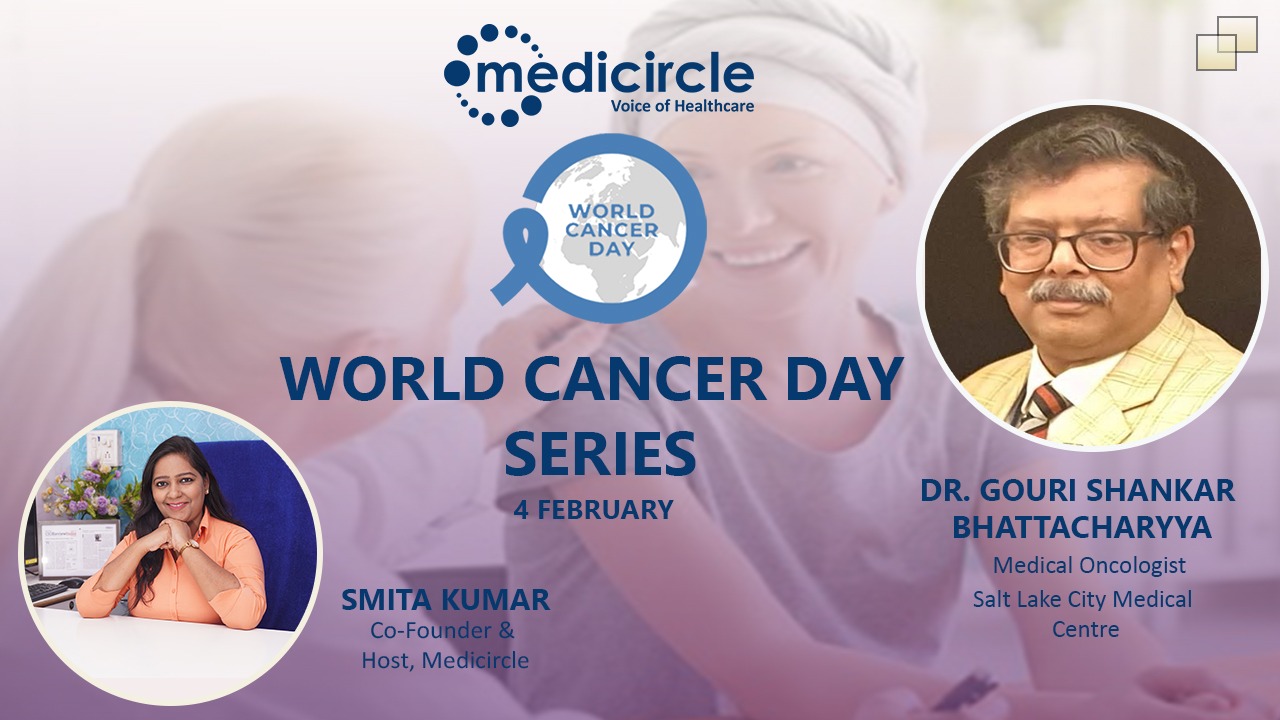
 “We're detecting more cancers because we have moved technologically ahead and been using better technology, we are able to do the better examination. So we are looking at more patients,†says Dr. Gouri Shankar, Medical Oncologist, and Clinical Hematologist, Salt Lake City Medical Center.
“We're detecting more cancers because we have moved technologically ahead and been using better technology, we are able to do the better examination. So we are looking at more patients,†says Dr. Gouri Shankar, Medical Oncologist, and Clinical Hematologist, Salt Lake City Medical Center.















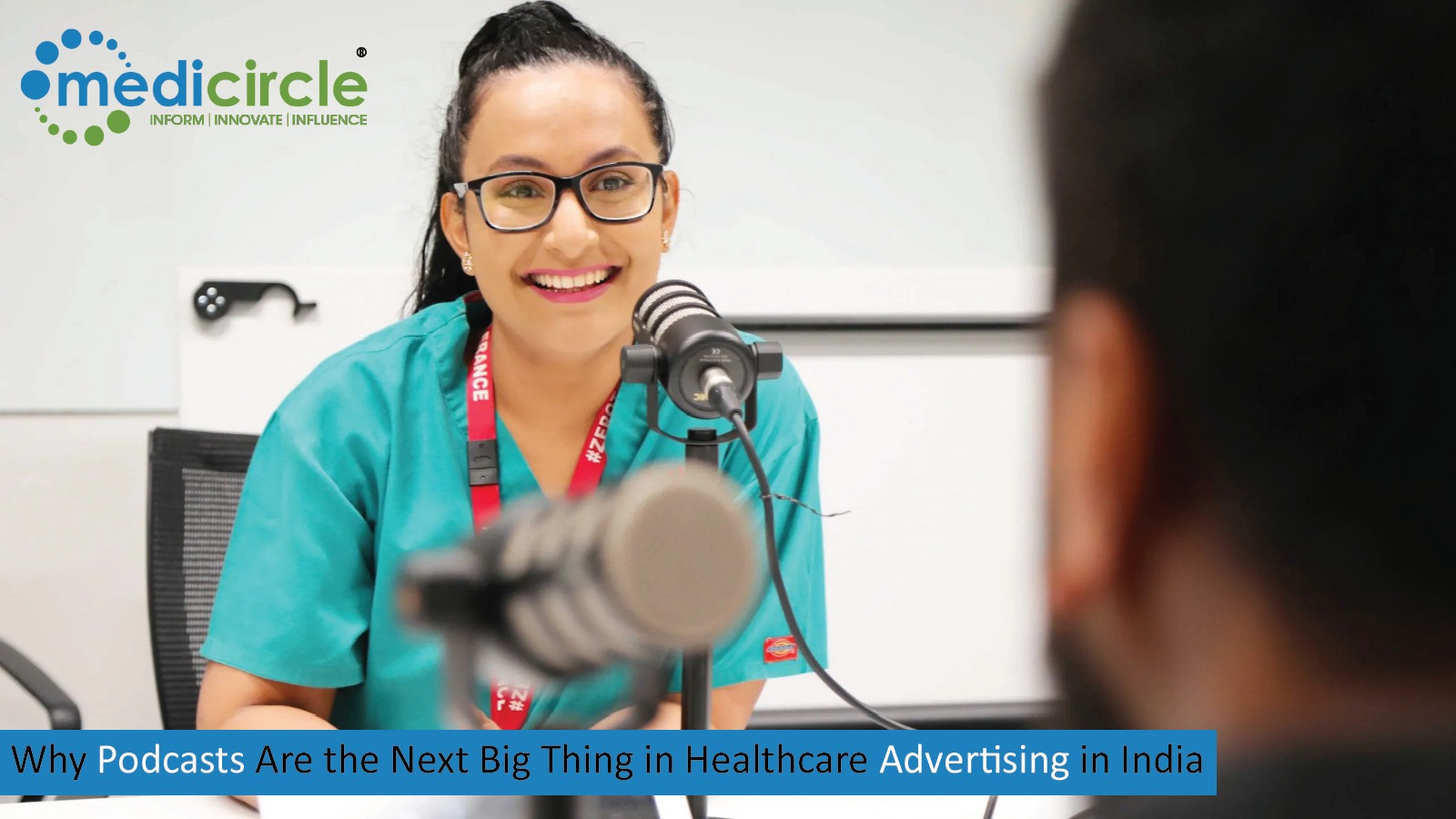

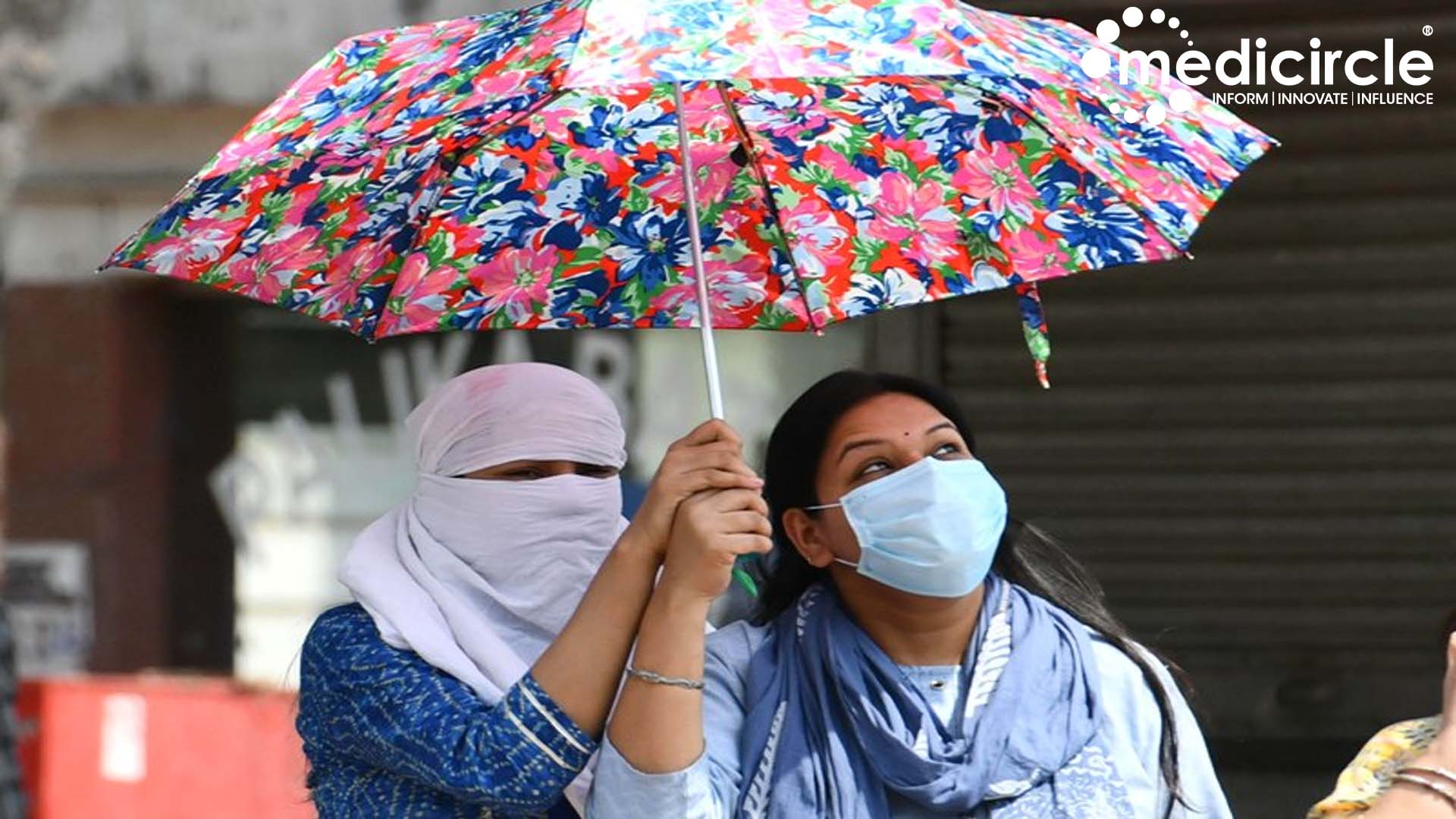
.jpg)
